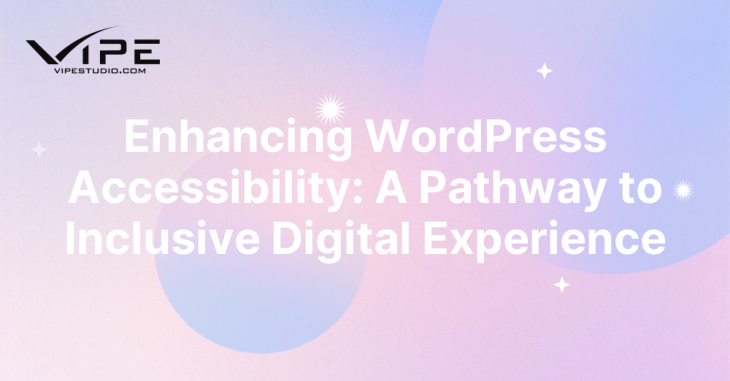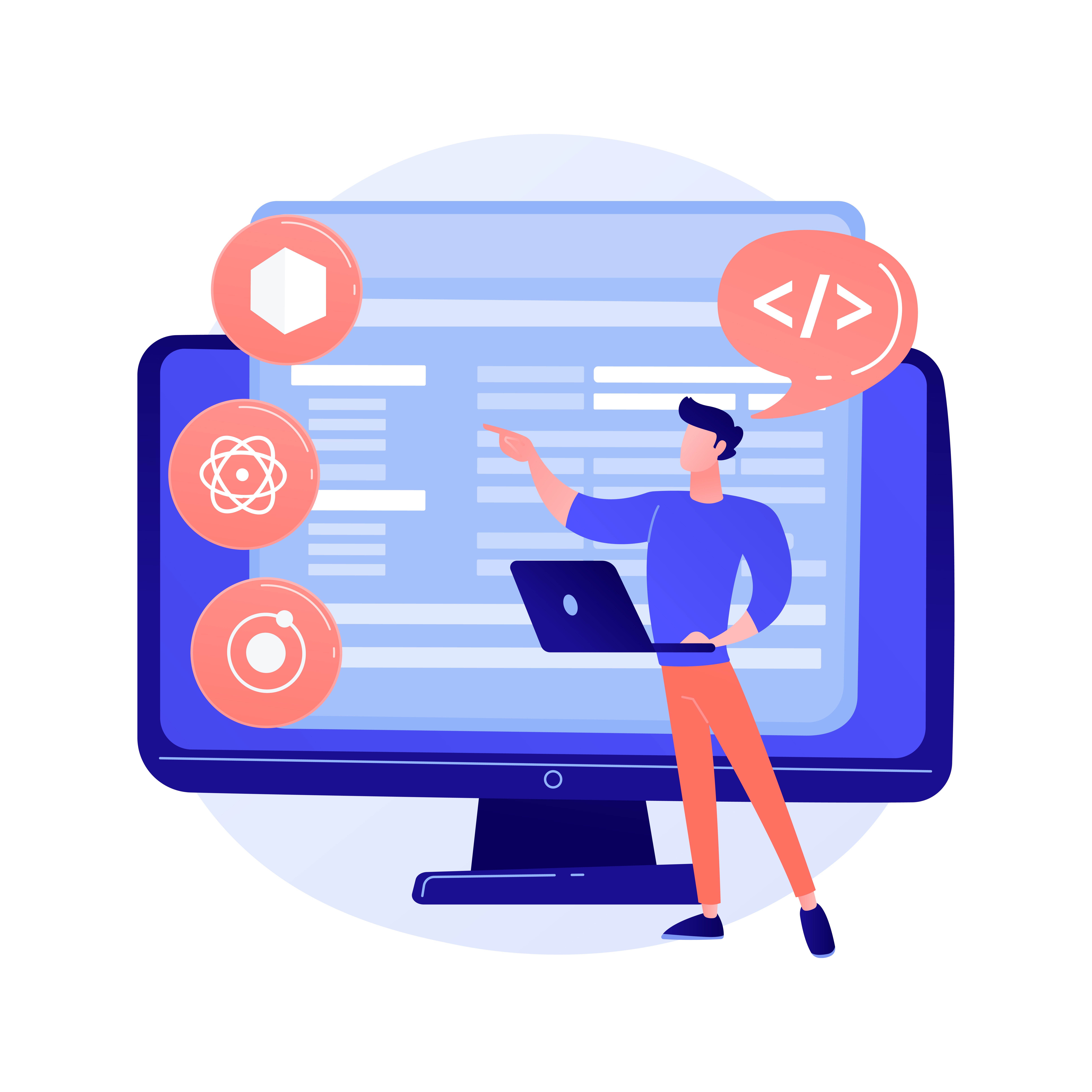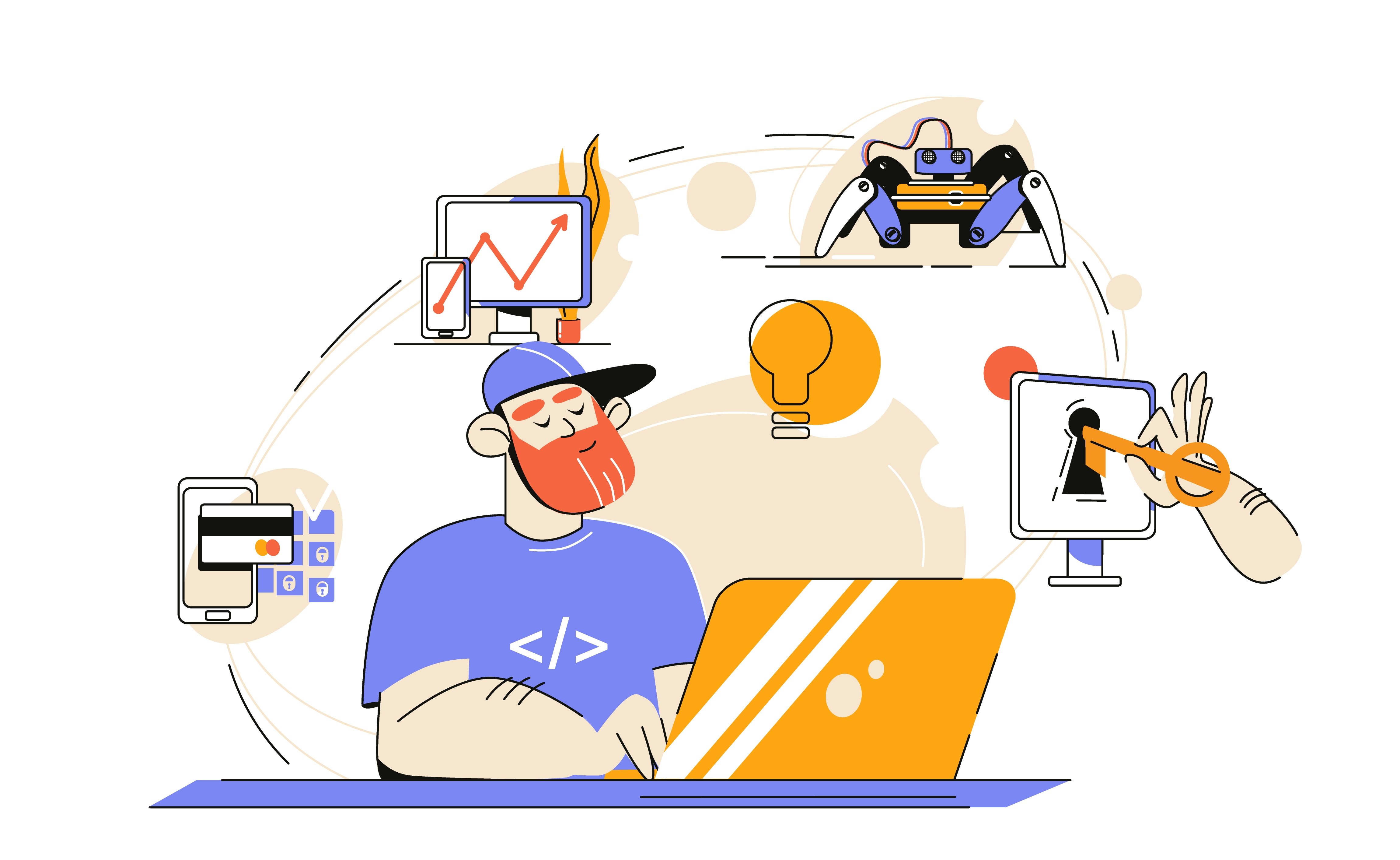Enhancing WordPress Accessibility: A Pathway to Inclusive Digital Experience

READING TIME: MIN
Enhancing WordPress Accessibility: A Pathway to Inclusive Digital Experience
In the digital age, creating an inclusive online presence is not just a legal or ethical responsibility but also a strategic advantage. Enhancing WordPress accessibility ensures that all users, including those with disabilities, can navigate, interact with, and enjoy your website. By implementing accessibility best practices, businesses can expand their reach, improve user experience, and comply with legal requirements. Here are key strategies for enhancing WordPress accessibility to create an inclusive digital experience:
Understanding and Adopting Accessibility Standards
The foundation of enhancing WordPress accessibility is understanding and adopting established accessibility standards, such as the Web Content Accessibility Guidelines (WCAG). These guidelines provide a comprehensive framework for making web content more accessible to people with various disabilities. Key principles include providing text alternatives for non-text content, making content adaptable to different devices and screen readers, ensuring that all functionality is available from a keyboard, and creating content that is easily navigable and understandable. By adhering to WCAG standards, you can ensure that your WordPress site meets essential accessibility criteria.
Choosing Accessible Themes and Plugins
Selecting accessible themes and plugins is crucial for creating an inclusive WordPress site. Look for themes that are designed with accessibility in mind, such as those labeled “accessibility-ready” in the WordPress theme repository. These themes adhere to best practices in design and coding, ensuring that your site’s structure supports accessibility features. Similarly, choose plugins that enhance accessibility without compromising the user experience. Plugins like WP Accessibility and Accessibility Widget help address common accessibility issues, such as adding skip links, improving color contrast, and providing alt text for images.

Implementing Semantic HTML and ARIA Landmarks
Using semantic HTML and Accessible Rich Internet Applications (ARIA) landmarks is essential for improving the navigability of your WordPress site. Semantic HTML elements, such as <header>, <nav>, <main>, and <footer>, provide meaningful structure to your content, making it easier for screen readers to interpret and navigate. ARIA landmarks further enhance this structure by defining specific roles and properties for interactive elements, ensuring that assistive technologies can accurately convey their function to users. Implementing these coding practices ensures that your site is both structurally sound and accessible to all users.
Ensuring Keyboard Accessibility
Keyboard accessibility is a critical aspect of web accessibility. Many users rely on keyboard navigation instead of a mouse due to physical disabilities. Ensuring that all interactive elements, such as links, buttons, and form fields, can be accessed and operated using a keyboard is essential. This involves providing visible focus indicators, ensuring logical tab order, and avoiding keyboard traps where users can become stuck. Testing your site with keyboard navigation tools and screen readers can help identify and address any potential issues, ensuring a seamless experience for all users.
Enhancing Visual Accessibility
Visual accessibility involves making your WordPress site usable for individuals with visual impairments, including color blindness and low vision. Implementing high-contrast color schemes, using legible fonts, and ensuring sufficient text size are basic steps to enhance visual accessibility. Additionally, providing options for users to adjust font size and contrast settings can further improve readability. Tools like the Color Contrast Checker can help you evaluate and optimize your color choices. Ensuring that all visual information is also available in text form, such as using alt text for images and descriptive headings, ensures that your content is accessible to screen readers.

Offering content in multiple formats caters to diverse user needs and preferences. For example, providing transcripts and captions for video content ensures that users who are deaf or hard of hearing can access the information. Similarly, offering audio versions of text content can benefit users with visual impairments or reading disabilities. Plugins like WP Accessibility Helper and Media Library Assistant can assist in making multimedia content accessible. By providing content in various formats, you enhance the overall accessibility and inclusivity of your WordPress site, making it more user-friendly for everyone.
Enterprise WordPress agency for custom development
Are you seeking a top-tier Enterprise WordPress agency for custom development? Look no further. Our Enterprise WordPress agency for custom development specializes in crafting tailored solutions that elevate your digital presence. At Enterprise WordPress Agency for Custom Development, our team of experts leverages cutting-edge technology and innovative strategies to deliver exceptional results. Whether you're looking to build a scalable enterprise solution or customize your WordPress site to meet specific business needs, Enterprise WordPress Agency for Custom Development is your trusted partner. Contact us today to discover how our Enterprise WordPress Agency for Custom Development can transform your ideas into reality.
Conclusion
Enhancing WordPress accessibility is a strategic pathway to creating an inclusive digital experience. By understanding and adopting accessibility standards, choosing accessible themes and plugins, implementing semantic HTML and ARIA landmarks, ensuring keyboard and visual accessibility, and providing multimodal content, you can make your WordPress site welcoming and usable for all users. Prioritizing accessibility not only meets legal and ethical obligations but also expands your audience and improves overall user satisfaction, ultimately contributing to the success of your online presence.


